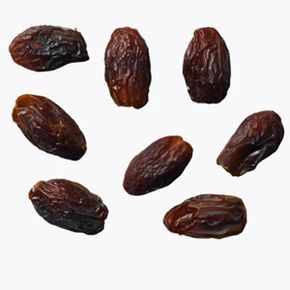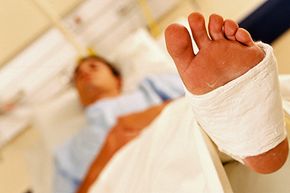It's the wrinkly toes and fingers we witness after a long hot bath drags on too long. And it's the super-soft skin that results when you've left a bandage on too tight, for too many hours. It's called skin maceration, and although it's a relatively harmless manifestation of excess moisture in the skin, you should know how to treat it.
Skin maceration occurs when skin is wet for extended periods of time, and you've undoubtedly experienced maceration many times in your life. Maceration often occurs when you apply a bandage to everything from a paper cut on your finger to much larger wounds that require professional treatment. And you may have noticed maceration after wearing non-breathable plastic or latex rubber gloves, which trap moisture against the skin.
Advertisement
Maceration often occurs during treatment of wounds because the skin under the bandage becomes wet due to perspiration, urine or other bodily fluids. The excess moisture is sometimes called hyperhydration.
Wrinkles are the first sign that the skin is over-hydrated. In addition, macerated skin becomes extremely soft and takes on a whitish appearance. However, this white skin should not be confused with the pale, whitish appearance of the new epithelial tissue in a healing wound.
Although most maceration clears up quickly once the skin is exposed to fresh air and allowed to dry, sometimes skin that experiences long periods of maceration is vulnerable to fungal and bacterial infection. As opportunistic organisms affect the area, it may become itchy or develop a foul odor.
What's more, because the skin is so much softer, it's also more susceptible to injury from rubbing or friction. Keep reading to see how you can prevent skin maceration and keep it from snowballing into bigger problems.
Advertisement

